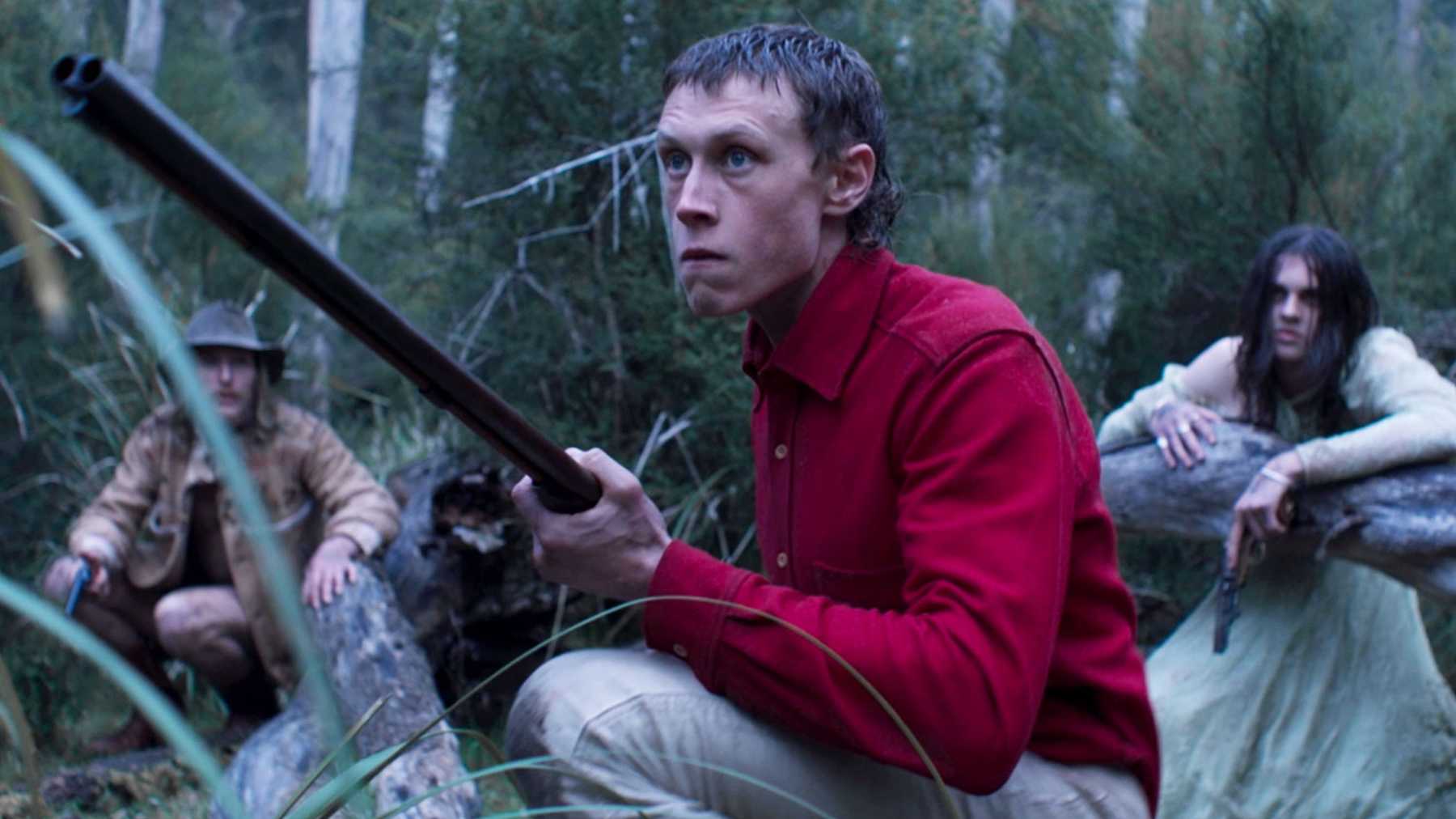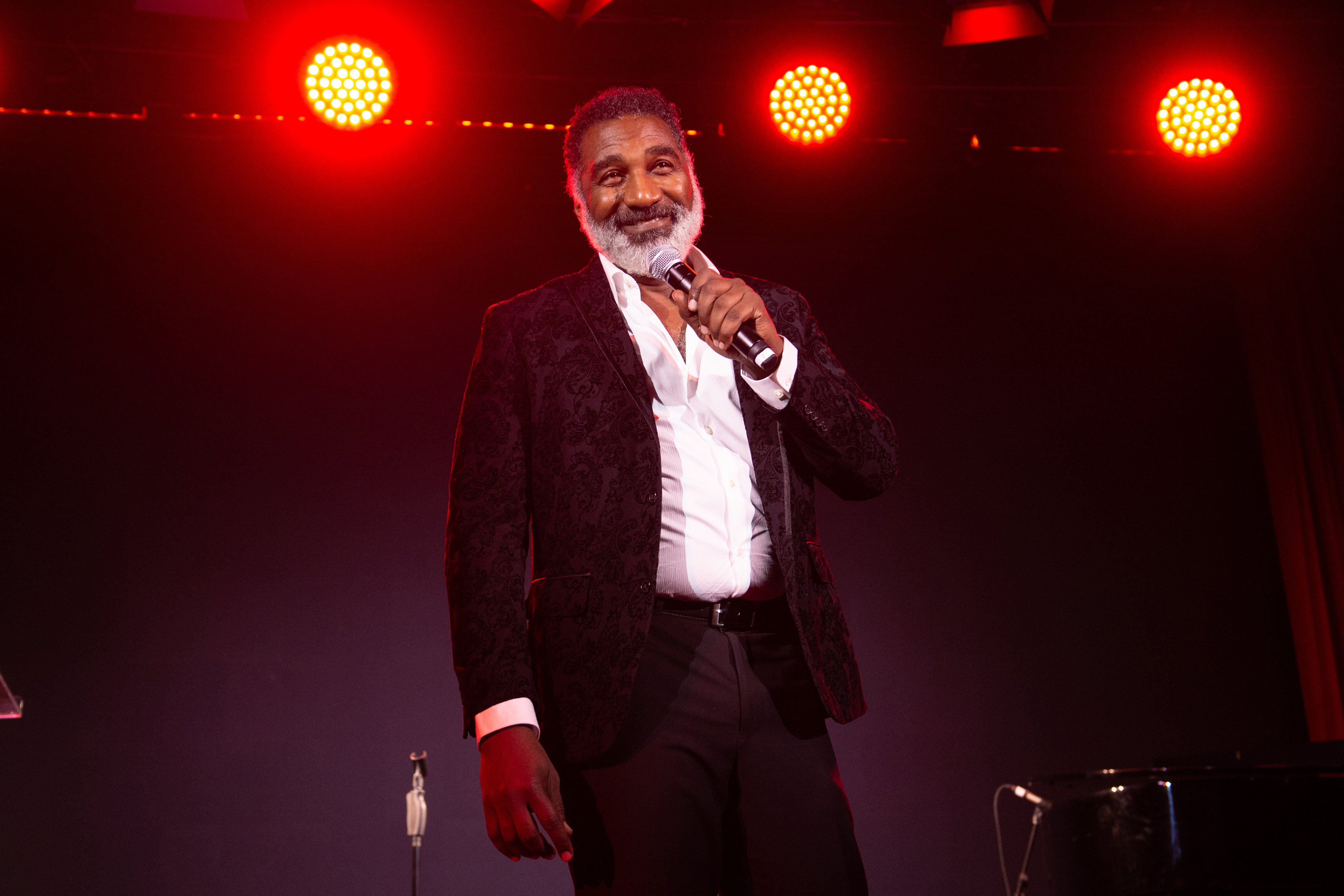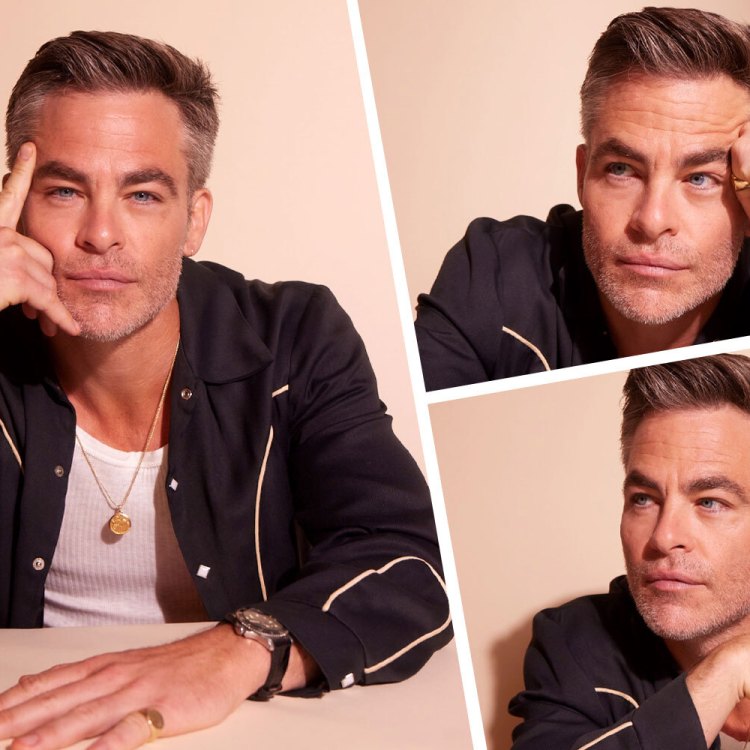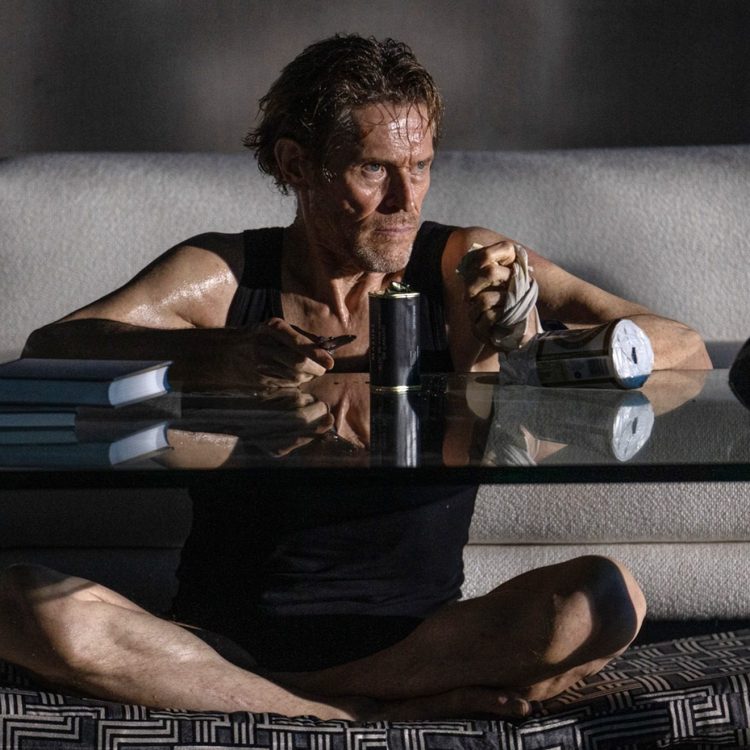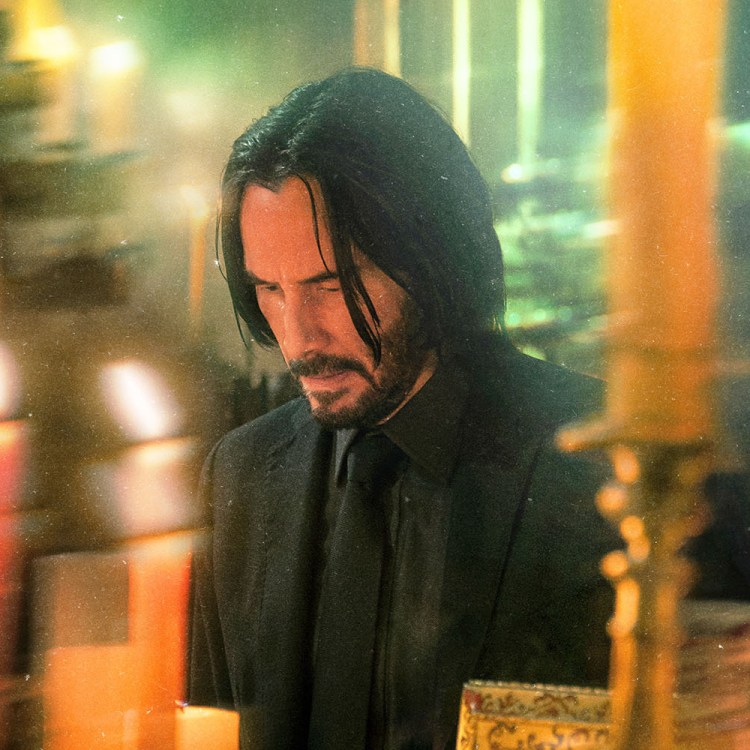Ten years ago today, hundreds of people gathered in Los Angeles to watch a strung-out Dolph Lundgren blast a pirate in half with a grenade launcher. The advent of the talkie, the adoption of Technicolor, the grisly bisection of a nameless bad guy by the hand of Ivan Drago — these are the moments that changed Hollywood forever.
OK, maybe it’s a stretch to look back on the August 3, 2010, world premiere of The Expendables through Turner Classic Movies-tinted glasses — Sylvester Stallone’s meat-and-potatoes mercenary fable remains an easy, cheesy target for nitpicks and critics. But now, a decade after its debut, it doubles as a historical document, one bemoaning the demise of a certain brand of blood-spattered adrenaline cinema.
Already a love note to the artless and satisfying genre films of the 1980s upon initial release, The Expendables now serves as another type of throwback, considering how analog it seems compared to the current hyper-digital standard, dominated by CGI, Cinematic Universes and too-big-to-fail IP. Yes, it too has sequels, but neither conveys how much the blockbuster at large has changed quite as well as the first — and checking in on what the cast has accomplished in real life since first appearing together might be the strangest exercise of them all.
Writer, director and lead Stallone, who fleshed out the Expendables concept from a screenplay by writer Dave Callaham, seems to have been feeling nostalgic for himself throughout the creative process. Very few people have the longevity required for such a flex — it’s wild to look back and realize he’s now portrayed Rocky Balboa alone eight times over 42 years, most recently in the two Creed movies, which got him a Golden Globe and an Oscar nomination in 2015. For The Expendables, though, the ‘80s Rambo trilogy, which began as a moving commentary on PTSD and ended with John Rambo singlehandedly ending the Soviet-Afghan War, was his closest reference point.
A lethal gun-for-hire with enough internalized trauma to justify his crew’s nihilistic name, chief merc Barney Ross is basically Rambo if he’d done almost enough therapy, and this dark energy haunts every member of his squad, made up of morose and murderous men just like him. They kill for cash and bust each other’s balls, often simultaneously, abiding by an opaque bushido code that’s never really defined, therefore never strictly enforced. Occasionally, they feel bad about everything, but the guilt never lingers, which is good for them and great for us.
Stallone wastes no time establishing that all of the Expendables are working through some stuff, some more than others. Right after Lundgren’s Gunner Jensen halfsies that pirate in the opening shootout, he gleefully insists on hanging another off the side of the oil tanker they’ve infiltrated; Barney dismisses Gunner from the team for overreach. Back in reality, Stallone did his Rocky IV co-star a solid, bringing him in from the B-movie cold. The newly engaged Swede was back for the two Expendables sequels, and reprised his role of Ivan Drago alongside Stallone in 2018’s Creed II.
The presentation of the big-money mission the crew accepts in the original, though — overthrowing an island dictator who’s a puppet for ex-CIA brigand Eric Roberts — makes for what might be the 2010-iest moment of the entire film. Tool, a world-weary confidante and tattoo artist played by recent Robert De Niro threatener Mickey Rourke, brokers a chat between Barney and Bruce Willis’ mysterious Mr. Church. The meeting’s then crashed by Trench Mauser, a rival mercenary portrayed by the then-sitting governor of California. After some macho posturing, the breakout star of the 2004 Republican National Convention leaves.
“What’s his fucking problem?” Mr. Church asks. “He wants to be president,” Barney replies, surely suppressing the urge to hit a Jim Halpert look right into the camera.
In the final months of his governorship at the time of The Expendables’ release, Arnold Schwarzenegger’s cameo signaled the beginning of his return to the low-stakes life of movie stardom. By this point in his lawmaking career, he’d established himself as a centrist Republican voice on issues like climate change; the year before the 2012 release of The Expendables 2, he founded R20, an international green infrastructure non-profit. More Trollinator than Governator in 2020, he currently splits his time between antagonizing Donald Trump on social media and crafting charming viral pandemic PSAs with his pet donkey and miniature horse.
The remainder of the Expendables crew, all of whom blow a remarkable amount of shit up in the final 35 minutes of the movie, are varying levels of busy before that frenzied finale, and varying levels of real-world busy now. MMA champ Randy Couture, who portrays neurotic demolitions expert Toll Road, has landed mostly Lundgren-esque straight-to-streaming roles since 2010. Martial arts icon Jet Li, who plays the awfully named Yin Yang, has done just a handful of films in the past decade, though he has a major role in Disney’s pandemic-delayed live-action Mulan.
As Dan Paine, Roberts’s scowling enforcer, WWE legend Steve Austin pulls off the best one-on-one fight of the entire movie, versus Stallone’s Barney Ross — who doesn’t want to see a man born during the Truman administration throw Stone Cold in a flying armbar? Austin put over his opponent so well during the brawl that he accidentally broke his co-star’s back during filming. The Texas Rattlesnake’s cobbled together a modest action career and is still involved in pro wrestling, when he’s not ruthlessly dunking on people who claim there’s nothing wrong with the Confederate Flag.
Then there’s Terry Crews, who has had the most curveball-packed career of all the Expendables since introducing the scene-stealing, enormous-gun-loving Hale Caesar in 2010. In one of the movie’s most preposterous sequences, he literally destroys an entire army by himself with an eardrum-shattering AA12 shotgun affectionately nicknamed Omya Kaboom (“anything that gets in my lady’s way becomes instant red sauce and Jell-O”). Crews’ personal exploits have made a comparable amount of noise, though not always the good kind.
Sitcoms, sports movies, voice work, superhero flicks, game shows, indie satires — with an intimidating physique, comedic chops, and cool-dad charisma at the ready, Crews has been in enormous demand by all manner of check-cutters on this side of 2010. But he’s also positioned himself as an open book and advocate, talking frankly about overcoming a pornography addiction and revealing that he was the victim of a 2016 sexual assault amid the many revelations of the #MeToo movement.
But the prolific Crews has also shared his way directly into a number of controversies as of late. He’s received criticism for voicing opinions that Black fans and observers have interpreted as antithetical to the intentions of Black Lives Matter. His commentary on same-sex parentage has also been a flashpoint, as has his perceived lack of support for Gabrielle Union and her controversial departure from NBC’s America’s Got Talent, which he currently hosts.
All this brings us to the movie’s indefatigable second lead, the lone actor of this bunch who’s been able to vault the gap between the grimier brand of shoot-’em-up embodied by The Expendables and the more soigné ideal that’s since secured the crown. We’re talking about Jason Statham, whose sneaky-valuable inability to play anyone other than himself has informed a steady rise, from niche-y Guy Ritchie, up through the Crank–Transporter–Mechanic middle tier and into Stallone’s orbit, which spat him right out into a plum roster spot in the Fast and Furious franchise.
There’s no discernible difference between The Expendables’ Lee Christmas, the sarcastic former SAS soldier with a thing for knives; and Fast’s Deckard Shaw, the sarcastic former SAS soldier with a thing for knives, and guns, and explosives, and cars. (Per the Fast Wiki, Shaw also “display[s] superior skill with wrenches in melee combat.”) It’s the respective environments in which these indistinguishable Stathams operate that best illustrates the evolving ethos of the American action film.

Throughout the first Expendables, constant allusions to past tragedies and glories serve as reminders of how much hands-on experience the crew has logged; earned the hard way at the expense of their health and happiness, their wits and wisdom are what make them so good. Though he surely has access to the latest tools and toys, Stallone’s Barney Ross prefers to drive a 1950s Ford pickup and relies on a Wild West single-action revolver to shoot his way out of sticky situations. He’s defiantly loyal to what’s always worked for him — big Boomer energy at its most performative.
Compare that with the shenanigans we’ve come to expect from the Fast and Furious movies — prototype racecars, sci-fi weaponry, genetically enhanced villains, ludicrous (and Ludacris) computer-hacking sequences — and you start to get an effective picture of action’s widening generational gap.
Statham, by far the youngest OG Expendable, is an elder statesman in the Fast films, but the philosophical differences here extend well beyond the median age of the ensembles. It’s really more about filmmaking — the reliance on special effects, the believability of stunts, the levels of acceptable gore. Stallone himself commented on this growing divide when The Expendables first came out, telling the New York Times that technology was killing the old ways — once actors gained the ability to “Velcro their muscles on, it was over,” he lamented.
Still, while Fast might be market-dominant, there are other formidable competitors scrapping for eyeballs in today’s action arena. The John Wick films, helmed by Expendables stunt coordinator Chad Stahelski, thread the needle between new- and old-school in a way few franchises have been able to achieve. And though the second and third Expendables movies, which came out in 2012 and 2014, began to inch away from the tone of the original, there’s a chance a fourth installment, which has been languishing in production limbo for years, will circle back to the simpler pleasures Stallone, who is currently 74, longs for. He very well could be pushing 80 by the time it happens — but as he’s already proven 10 years back, you’re only as old, as expendable, as you act.
This article was featured in the InsideHook newsletter. Sign up now.

